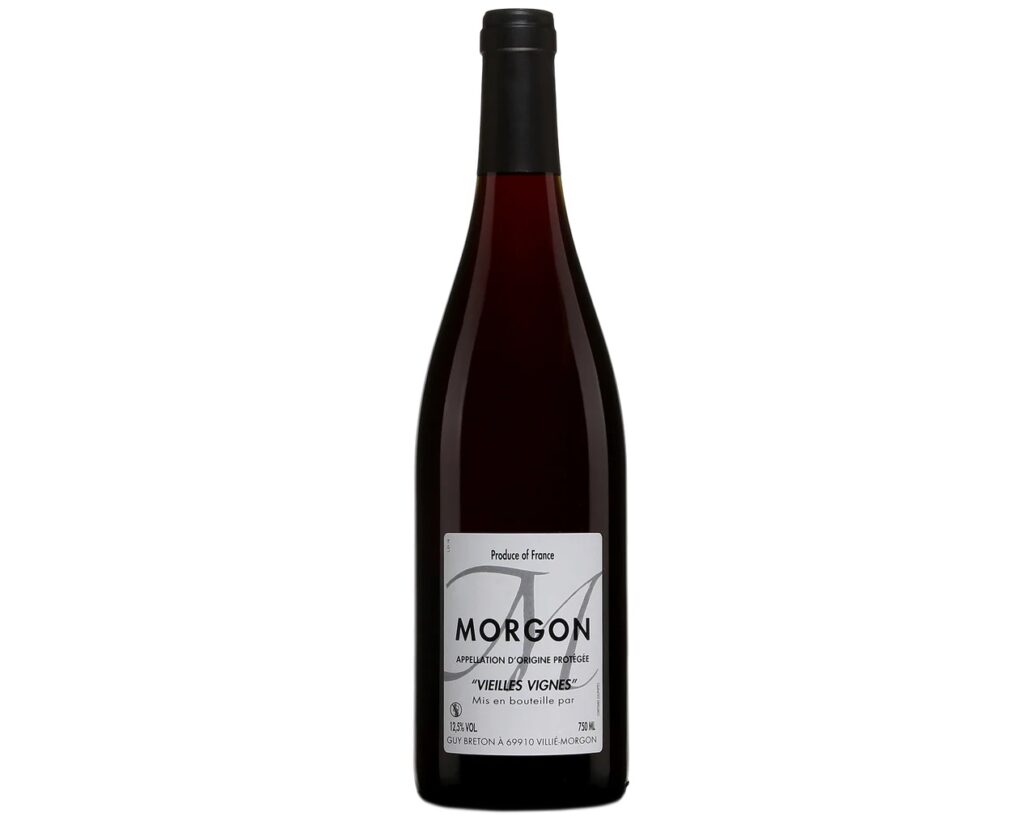
Hannah Crosbie of the The Guardian newspaper explains how Beaujolais is an excellent choice for winter drinking, offering variety and versatility. Although often associated with the annual Beaujolais Nouveau celebration in November, its appeal extends well into the colder months. These wines, particularly enjoyable when slightly chilled, provide a vibrant contrast to heavier reds and showcase the diversity of the Beaujolais region.
The region’s wines range from the light and playful standard Beaujolais to more complex options like Beaujolais-Villages and the ten crus, each offering distinct characteristics. Highlights include the floral Saint-Amour and the expressive Côte de Brouilly. The terroir is remarkably varied, earning Beaujolais recognition as a Unesco Global Geopark in 2018 due to its more than 300 soil types.
Beaujolais wines, particularly those made from Gamay grapes, are known for their fresh acidity and fruit-forward profiles, qualities enhanced when served chilled. This style suits not only casual gatherings but also more formal occasions, as demonstrated by wine professionals and sommeliers who recommend aged cru Beaujolais for its elegance and complexity.
Here are four recommended Beaujolais wines for winter:
Château d’Emeringes Beaujolais-Villages Vieilles Vignes 2023 (£9.95, The Wine Society, 13.5%): An affordable option with quality akin to the Juliénas cru.
Morrisons The Best Fleurie (£12, 13.5%): A classic Fleurie with juicy cherry and violet notes.
Domaine Saint-Cyr Chénas Robert (£23.44, Uncharted Wines, 13%): Concentrated yet joyful, with dark fruit flavours.
Guy Breton Morgon Vieilles Vignes 2022 (£32, Swig, 12.5%): A spiced, dark-fruited wine from old vines, best enjoyed chilled.













